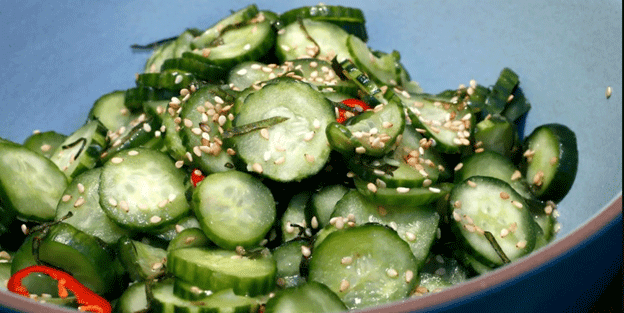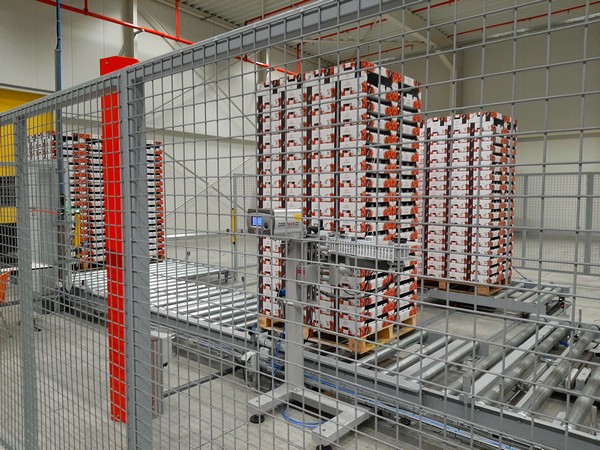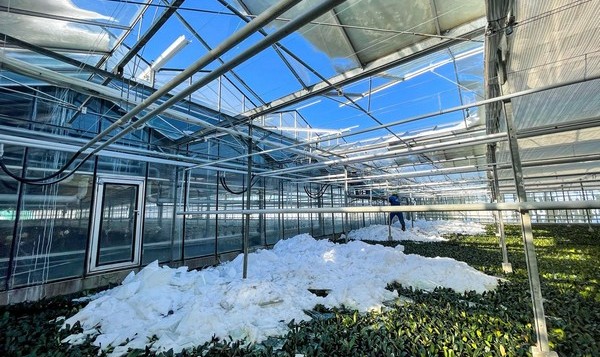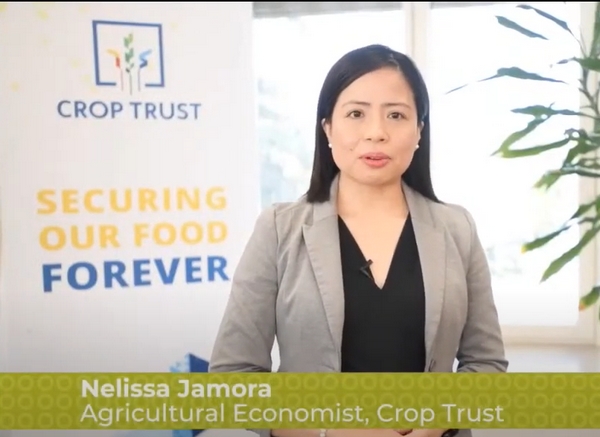In a surprising twist, Iceland, a nation known for its agricultural self-sufficiency, is facing a cucumber shortage that has left local consumers baffled. Daniel Sigurdsson, a resident of Iceland, recently discovered empty supermarket shelves while trying to purchase cucumbers, prompting him to visit multiple stores in search of the elusive vegetable. This amusing situation has sparked jokes among residents about the potential for cucumber trafficking in the “black market.”
According to the Icelandic Agricultural Association, the country, with a population of approximately 394,000, typically produces around 6 million cucumbers annually from greenhouses. This supply has historically been more than adequate to meet local demand. However, current consumption rates have surged to the point where domestic production is struggling to keep up, leading Bill Jansson, CEO of the Icelandic Greenhouse Crop Sales Company, to estimate that it will take about a week to restore normal cucumber supplies.
Being an isolated island nation, Iceland faces high costs when sourcing produce from abroad. Despite its challenging climate, Icelanders take pride in their agricultural practices, which utilize geothermal heat for greenhouse cultivation. Remarkably, around 99% of the cucumbers consumed in Iceland are locally grown. However, this recent supply-demand imbalance has highlighted the limitations of the country’s agricultural output during periods of unexpected demand spikes.
The surge in cucumber sales has been dramatic. The Hagkaup supermarket chain reported a several-fold increase in cucumber sales, accompanied by a doubling of sesame oil sales, as consumers turned to recipes involving the suddenly sought-after vegetable. Similarly, Kronan, Iceland’s largest grocery chain, has sold out its cucumber stock and has placed orders for imports from the Netherlands to address the shortfall.
What has triggered this cucumber frenzy? The phenomenon can be traced back to a Canadian influencer, Logan Murphy, who gained immense popularity on social media this past July, amassing over 5.5 million followers—significantly surpassing Iceland’s population. Murphy’s content focuses on creating recipes featuring cucumbers, coining the phrase “life is incomplete without a cucumber.” Posts tagged with “cucumber recipes” have generated 4 million entries, with fans contributing 150,000 videos showcasing their culinary creations.
Icelandic Agricultural Association President Svendsdottir noted that one of Murphy’s recipes—a salad made with shredded cucumbers, sesame oil, garlic, rice vinegar, and chili oil—has resonated particularly well with Icelandic consumers, further driving up demand for cucumbers and related condiments. Additionally, with the back-to-school season upon us, the reopening of school cafeterias has contributed to increased vegetable consumption.
As the cucumber frenzy continues, it has led to some safety concerns, with reports of users injuring themselves while trying to replicate Murphy’s recipes. The influencer has since urged his fans to prioritize safety in the kitchen. Murphy also emphasizes the health benefits of cucumbers, particularly for hydration, stating that “the more cucumbers, the better,” while dismissing any notion that overconsumption could be harmful.
The unexpected cucumber supply crisis in Iceland serves as a fascinating case study of how social media influencers can dramatically shift consumer behavior and demand patterns. As Icelandic greenhouses gear up for their new cucumber season in September, it is anticipated that the supply will stabilize, allowing residents to enjoy this beloved vegetable once again. This incident not only underscores the importance of adaptability in agriculture but also highlights the interconnectedness of global food trends and local markets.












